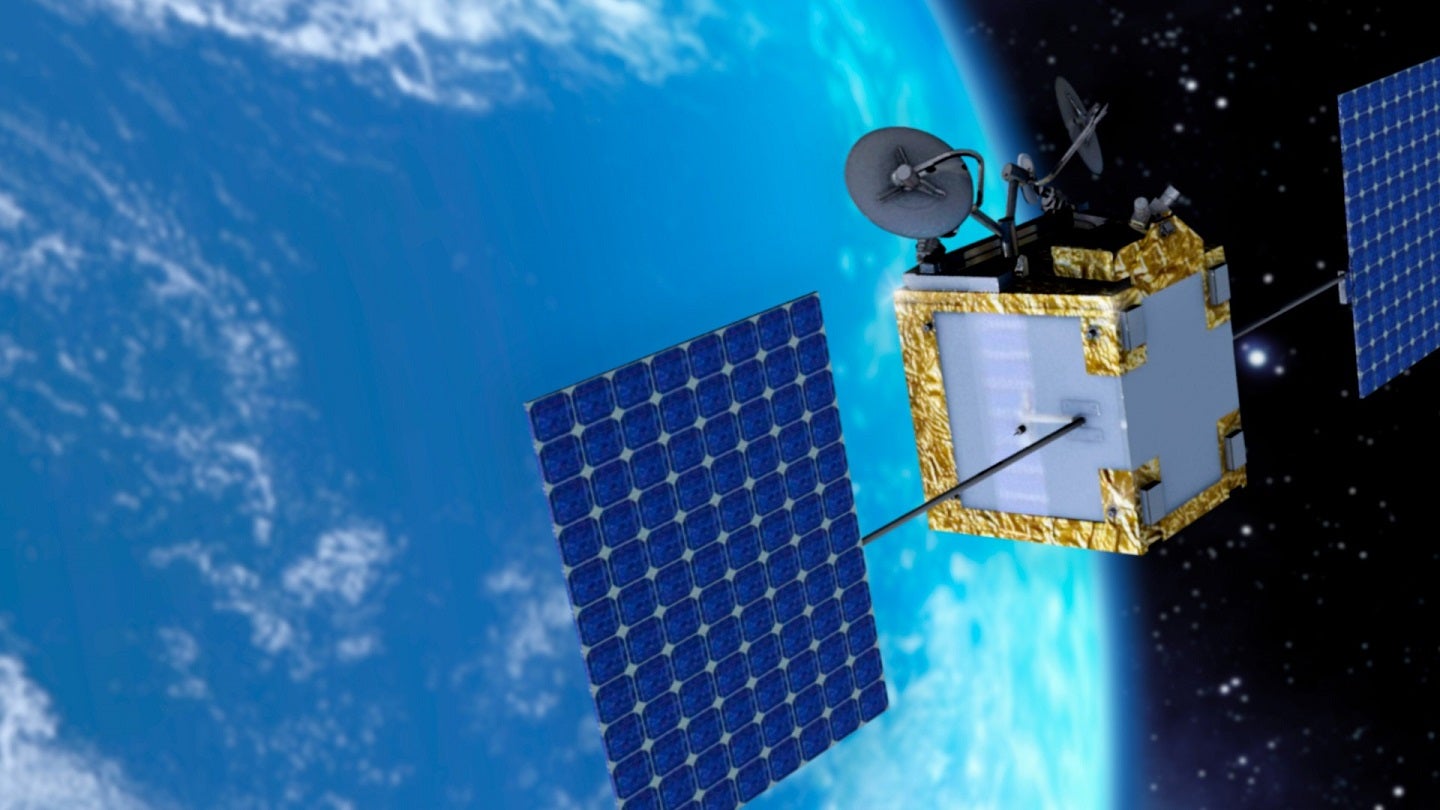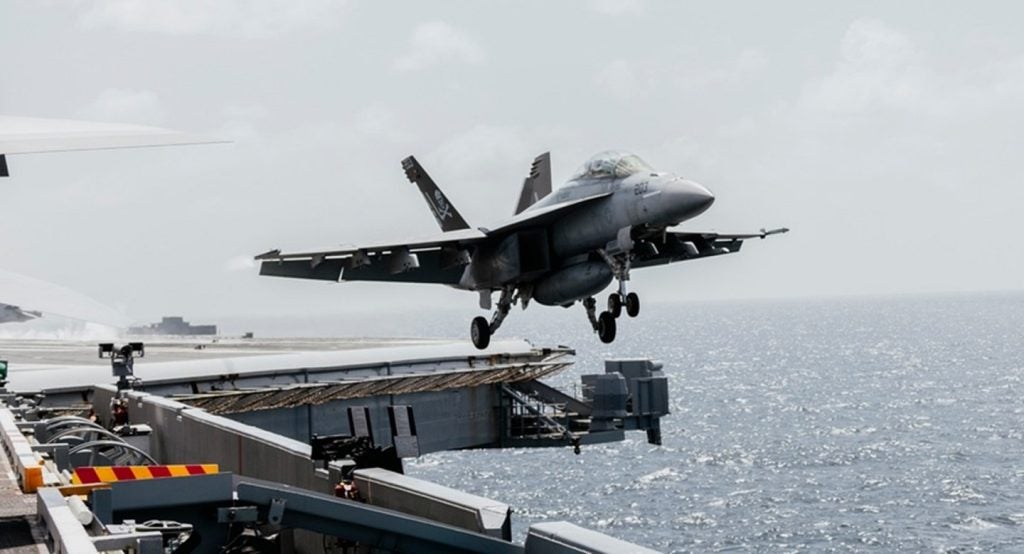
Representatives at the Nato Communications and Information Agency (NCIA) have participated in a demonstration of combined Geo-stationary (GEO) and low Earth orbit (LEO) multi-orbit capability from satellite companies OneWeb and Eutelsat last month.
According to a 7 June release from OneWeb, the demonstration in May provided an opportunity to explain how both companies can contribute to Eutelsat’s Secure, Agile, Resilient and Assured (SARA) satellite communications (SATCOM) for Nato. The SARA concept comprises a layered, multi-orbit communications plan providing end users with primary, alternate, contingency and emergency connectivity should any specific network become disrupted or unavailable.
In addition, OneWeb also took the opportunity to showcase its ecosystem of solutions that will provide connectivity across its global network of more than 600 LEO satellites.
Proof of concept was shown when, OneWeb, alongside Eutelsat, streamed 4K video feeds and ran other video or communications applications at 195Mbps download speeds; 32Mbps upload speeds; and latency levels to a low of 70ms. The company also demonstrated a handover between beams and satellites and completed a 1GB file transfer in under eight seconds.
Conducted at Eutelsat’s teleport facility in Rambouillet, France, both demonstrations provided the two companies with the opportunity to showcase to the NCIA their respective space-based capabilities.
The multi-orbit satellite connectivity will be a crucial requirement for militaries worldwide to be able to communicate seamlessly and effectively at any given time.
How well do you really know your competitors?
Access the most comprehensive Company Profiles on the market, powered by GlobalData. Save hours of research. Gain competitive edge.

Thank you!
Your download email will arrive shortly
Not ready to buy yet? Download a free sample
We are confident about the unique quality of our Company Profiles. However, we want you to make the most beneficial decision for your business, so we offer a free sample that you can download by submitting the below form
By GlobalDataChris Moore, VP defence and security, OneWeb said: “The way in which militaries fight has always been shaped by their communications systems. Ukraine has shown that LEO satcom helps generate real combat advantage against a more powerful opponent.”
Global military satellite market
According to GlobalData’s Global Military Satellite Market Forecast 2023-2033 analysis, the global military satellite market was valued at $8.1bn in 2023 and is projected to reach $12.8bn by 2033, growing at a compound annual growth rate of 4.6%. The market is expected to cumulatively value $110.6bn from 2023 to 2033.
The sector consists of four categories: communication satellite, intelligence, surveillance and reconnaissance (ISR) satellite, navigation satellite, and meteorological satellite. The market is expected to be dominated by the ISR satellite segment, which accounts for a 52.6% share, followed by the communication satellite segment with 32.3% holding.
Among geographic segments, North America is projected to dominate the sector with a share of 56.0%, followed by Europe and Asia Pacific with shares of 21.4% and 12.8% respectively.







